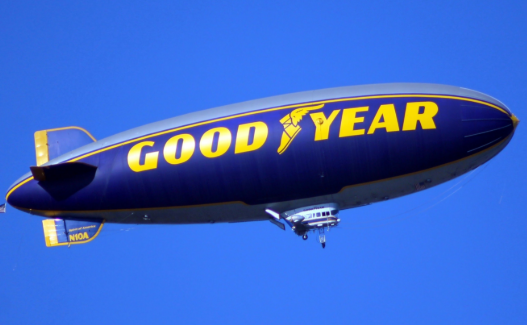Goodyear Reports Q1 2019 Results

First quarter revenue per tire up 4%, excluding foreign exchange
The Goodyear Tire & Rubber Company reported results for the first quarter of 2019
“We gained momentum in the U.S. during the quarter, as our consumer and commercial replacement businesses both grew share, while increasing the value we capture in the marketplace,” said Richard J. Kramer, chairman, chief executive officer and president. “In addition, we took steps to increase our long-term competitiveness. The plans we announced to modernize our Hanau and Fulda manufacturing facilities in Germany will improve our supply of cost-effective premium tires in Europe, helping us achieve our goal of having the right tire, at the right place, at the right time, at the right cost,” added Kramer.
Goodyear’s first quarter 2019 sales were $3.6 billion, down 6% from $3.8 billion a year ago, driven by unfavorable currency translation and lower volume in its international businesses, partially offset by improvements in price/mix.
Tire unit volumes totaled 38.0 million, down 3% from 39.0 million in the year ago quarter. Original equipment unit volume declined 7%, primarily reflecting weaker U.S. volumes and lower automotive production in China and India. Replacement tire shipments were down less than 1% compared with a year ago.
Goodyear’s net loss was $61 million in the first quarter of 2019 (26 cents per share) compared to net income of $75 million (31 cents per share) in the year-ago quarter. The first quarter of 2019 included several significant items, most notably $93 million in charges related to the previously announced plan to modernize two tire manufacturing facilities in Germany. First quarter 2019 adjusted net income was $45 million (19 cents per share) compared to $122 million (50 cents per share) in 2018. Per share amounts are diluted. The company reported first quarter segment operating income of $190 million in 2019, down from $281 million a year ago. The decrease reflects higher raw material costs, lower volume, unfavorable foreign currency translation, and weaker results from other tire-related businesses, partially offset by favorable price/mix, improved overhead absorption and net cost savings
Category: Featured, General Update, News, Wheels & Tires









